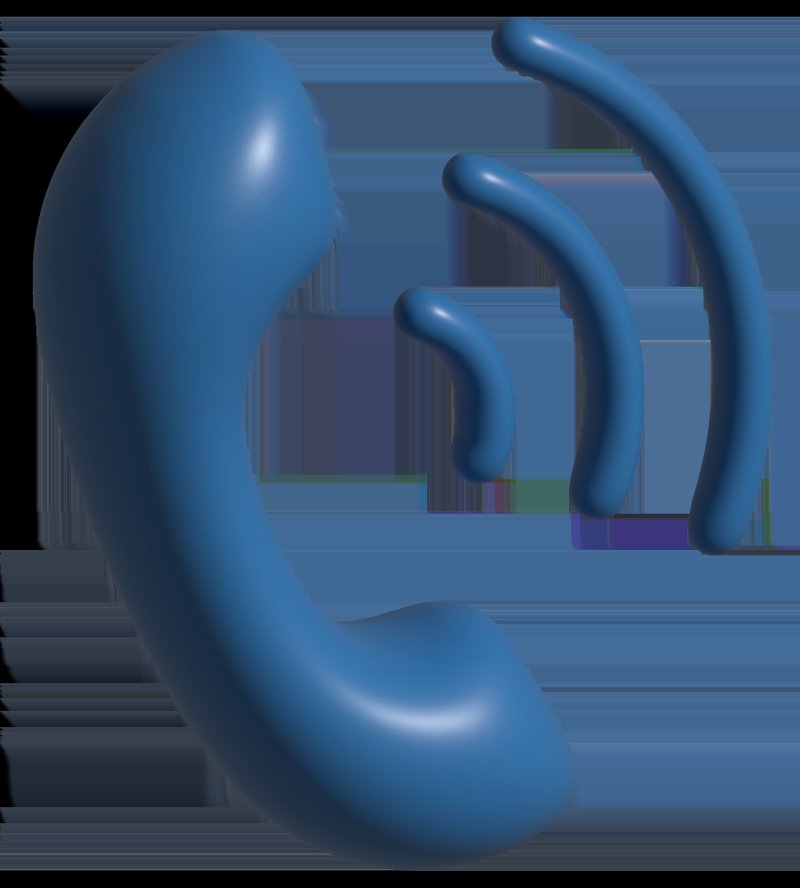
In simple terms, the F1 error code is your washing machine’s way of telling you something’s not quite right. Think of it as your car’s check engine light. It’s a signal that, while things might not be totally broken, there’s something under the hood that needs attention. Sometimes, these issues can be small and easy to fix on your own. Other times, they may require the expertise of a technician to ensure everything is running smoothly again. So, how do you know when to handle it yourself and when to make that call?
Understanding the F1 Error Code
The F1 error code on LG washing machines often relates to a faulty or malfunctioning water level sensor. This sensor is crucial because it helps your machine know how much water is in the drum at any given time. Without accurate readings from this sensor, your washer might overfill or not fill enough. Imagine trying to cook pasta by guessing how much water you need – not ideal, right?
So, when you see this error code, it might mean that the sensor is having trouble accurately detecting water levels. This can happen for a variety of reasons, such as clogs, connectivity issues, or even just wear and tear over time. Occasionally, the issue might be a simple glitch in the system that a quick reset could fix. It’s like when your computer acts up, and a quick restart gets it back on track.
However, if a reset doesn’t solve the problem and the code persists, this indicates a more serious underlying issue with the sensor. In these cases, the sensor might be damaged or the internal components could be malfunctioning, which typically requires professional assessment and repair.
Diagnosing the Problem: DIY Steps
Before you pick up the phone to call a technician, there are a few things you can try at home to see if you can resolve the issue yourself. First, unplug your washing machine and let it sit for a few minutes. This process can sometimes reset the internal electronics, clearing up any minor glitches. Think of it like turning your phone off and on again when it’s acting up.
If the reset doesn’t work, check the water supply connections. Ensure that the hoses are not kinked or blocked and that the water taps are fully open. A blocked water inlet can cause the sensor to give false readings, much like a clogged faucet doesn’t let enough water through.
Another step is to clean the filter. Sometimes, debris can accumulate and affect the water levels detected by the sensor. Cleaning this filter is a bit like clearing hair from a shower drain to keep the water flowing freely. Simply remove the filter (consult your manual if needed), clean it under running water, and reattach it.
When to Call a Technician
Despite your best efforts, there are times when the error code F1 won’t disappear. If you’ve tried the DIY fixes above and the issue persists, it’s time to call a professional. An experienced technician can delve deeper into the machine’s inner workings, something that’s not advisable for the average user due to the complexity and risk of causing further damage.
A technician will have the tools and expertise to test the sensor’s functionality and determine if it needs replacing. They can also inspect the wiring connections and other internal parts that might be causing the problem. It’s a bit like when your car needs a service – you might change the oil yourself, but replacing a timing belt is usually best left to the pros.
What’s the potential risk of not calling a technician when needed? Well, ignoring the F1 error can lead to improper washing cycles, wasted water, and potentially more significant damage to your washing machine, leading to costly repairs down the line.
Preventing Future Issues with Regular Maintenance
To prevent future occurrences of the F1 error code, regular maintenance is key. Just like you service your car to keep it running smoothly, your washing machine benefits from periodic check-ups. Start by routinely checking the water inlet filters for any debris that could cause blockages.
Additionally, be mindful of the machine’s load capacity. Overloading your washing machine can strain the components, leading to wear and potential malfunctions. It’s like trying to fit too many clothes in a suitcase – eventually, something’s going to give.
Finally, consider having your machine professionally serviced every couple of years. This proactive step can catch potential problems before they become significant issues. Technicians can spot wear and tear that might not be visible to the untrained eye, keeping your machine in tip-top shape and extending its lifespan.
Remember, while some washing machine problems can be tackled at home, others require the expertise of a professional. By understanding the F1 error code and knowing when to call a technician, you can ensure your washing machine runs smoothly for years to come.
